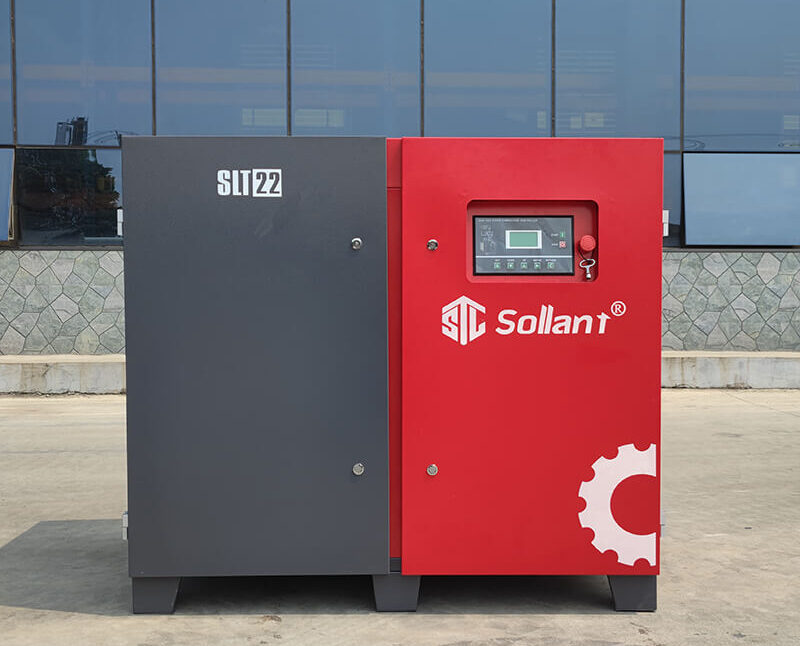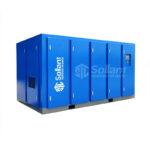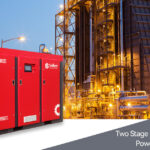1. What are the characteristics of domestic cold dryers compared with imported cold dryers?
At present, the hardware configuration of domestic cold dryers is not much different from that of foreign imported machines. Refrigeration compressors, refrigeration accessories and refrigerants all use a large number of international famous brands.
The user applicability of cold dryers generally exceeds that of imported machines. This is because domestic manufacturers have fully considered the characteristics of domestic users, especially the climatic conditions and daily maintenance characteristics, when designing and manufacturing cold dryers.
For example, the power of refrigeration compressors of domestically produced cold dryers is generally larger than that of imported machines of the same specification, which fully adapts to the characteristics of my country’s vast territory and large temperature differences between regions/different seasons.
In addition, domestic machines are quite competitive in price, and have incomparable advantages in after-sales service. Therefore, domestic cold dryers are quite popular in the domestic market.
At present, the gap between domestic cold dryers and imported cold dryers is mainly reflected in the production process level, especially in the cleaning of refrigerant system pipelines, assembly and welding. In addition, imported green refrigerant R134a, which has no damaging effect on the atmospheric ozone layer, is now commonly used, which is still difficult to do in domestic cold dryers.
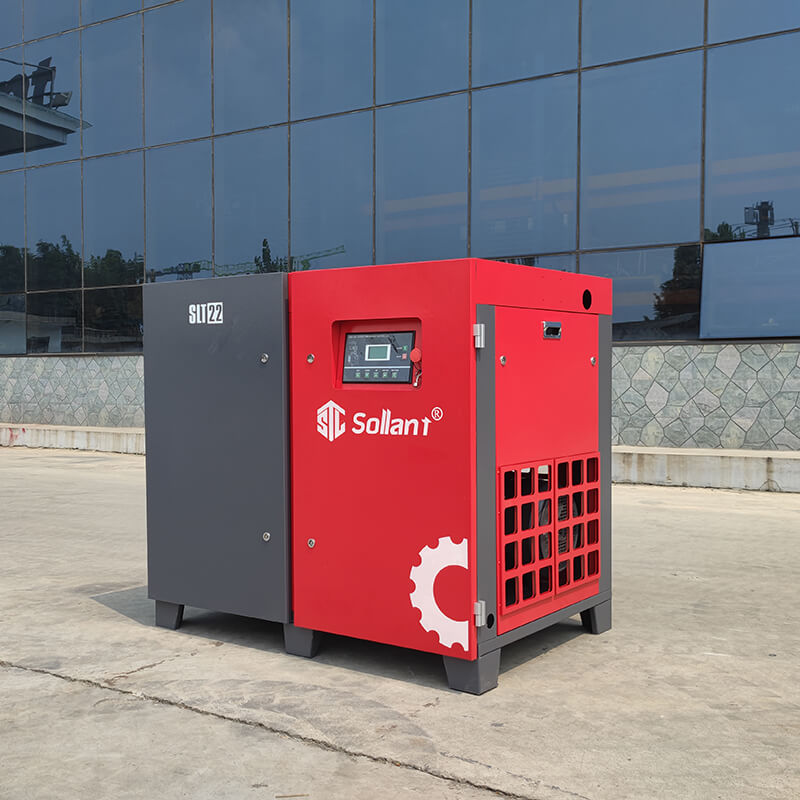
2. What are the characteristics of the cold dryer compared with the adsorption dryer?
Compared with adsorption drying, freeze dryer has the following characteristics:
① There is no gas source consumption. For most gas source users, using a cold dryer saves energy compared to using an adsorption dryer;
② No wear of valve parts;
③ No need to add or replace the adsorbent regularly;
④Low running noise;
⑤ The daily maintenance is relatively simple, as long as the automatic drain filter is cleaned on time;
⑥ There are no special requirements for the pre-treatment of the air source and the supporting air compressor, and the general oil-water separator can meet the air quality requirements of the cold dryer;
⑦The cold dryer has a “self-cleaning” effect on the exhaust, that is, the solid impurity content in the exhaust gas is less;
⑧ While discharging the condensed water, part of the oil vapor can also be condensed into liquid oil mist and discharged with the condensed water.
Compared with the adsorption dryer, the “pressure dew point” of the compressed air treatment of the cold dryer can only reach about 10°C, so the drying depth of the gas is far less than that of the adsorption dryer. The machine cannot meet the requirements of the process for the dryness of the air source. A selection practice has been formed in the technical circles: when the “pressure dew point” is required to be above zero, the air dryer is the first choice. When the “pressure dew point” is required to be below zero, the adsorption dryer is the only choice.
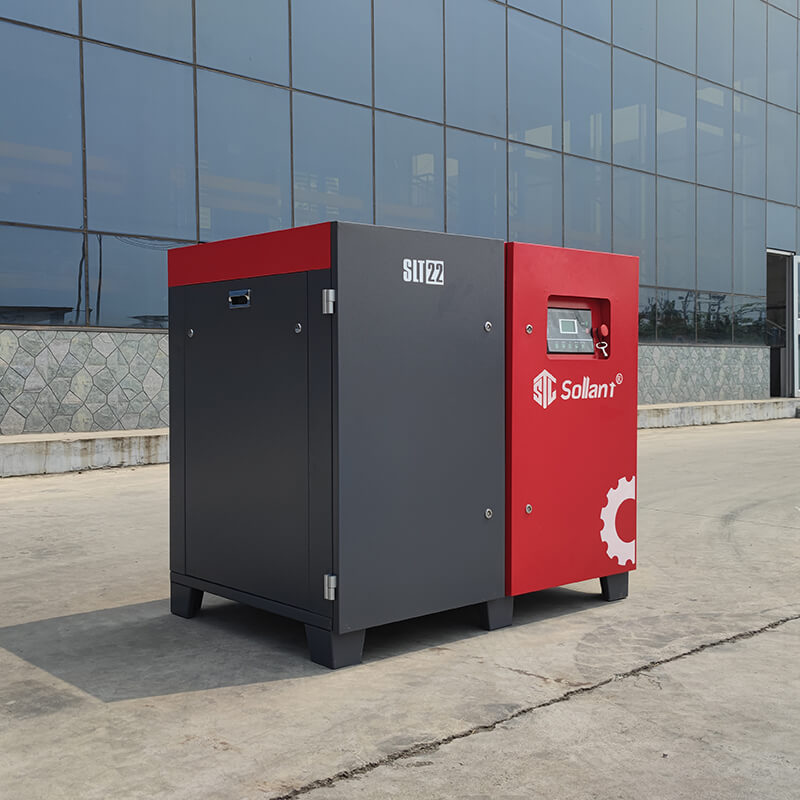
3. How to obtain compressed air with extremely low dew point?
The dew point of compressed air after being treated by a cold dryer can be around -20°C (atmospheric pressure), and the dew point can reach above -60°C after being treated by an adsorption dryer. However, it is obviously not enough for some industries that require extremely high air dryness (such as the microelectronics industry requires a dew point of -80°C). The method currently being promoted by the technical circles is to connect the cold dryer and the adsorption dryer in series, and use the cold dryer as the pre-treatment equipment of the adsorption dryer, so that the moisture content of the compressed air is greatly reduced before entering the adsorption dryer. Obtain compressed air with an extremely low dew point. Moreover, the lower the temperature of the compressed air entering the adsorption dryer, the lower the final dew point of the compressed air will be. According to foreign data, when the inlet temperature of the adsorption dryer is 2°C, molecular sieve is used as the adsorbent, and the dew point of the compressed air can reach below -100°C. This method has also been widely used in the country.
4. What should be paid attention to when the cold dryer is matched with the piston air compressor?
The dew point of compressed air after being treated by a cold dryer can be around -20°C (atmospheric pressure), and the dew point can reach above -60°C after being treated by an adsorption dryer. However, it is obviously not enough for some industries that require extremely high air dryness (such as the microelectronics industry requires a dew point of -80°C). The method currently being promoted by the technical circles is to connect the cold dryer and the adsorption dryer in series, and use the cold dryer as the pre-treatment equipment of the adsorption dryer, so that the moisture content of the compressed air is greatly reduced before entering the adsorption dryer. Obtain compressed air with an extremely low dew point. Moreover, the lower the temperature of the compressed air entering the adsorption dryer, the lower the final dew point of the compressed air will be. According to foreign data, when the inlet temperature of the adsorption dryer is 2°C, molecular sieve is used as the adsorbent, and the dew point of the compressed air can reach below -100°C. This method has also been widely used in the country.
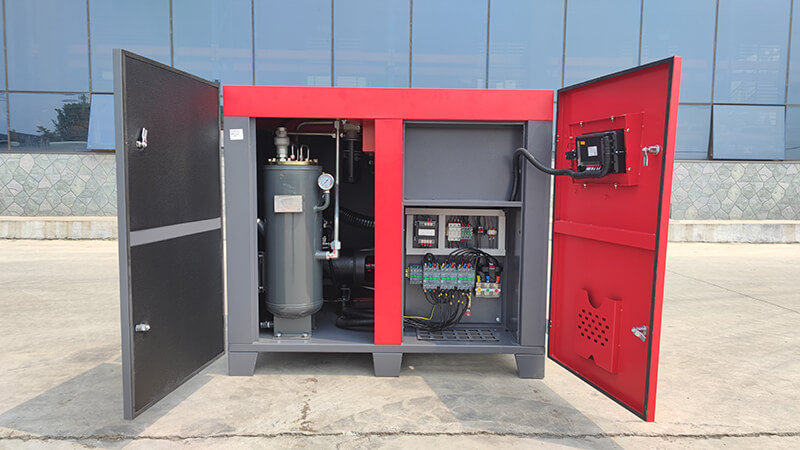
5. What should be paid attention to when using the cold dryer?
Pay attention to the following matters when using a cold dryer:
①The flow pressure and temperature of the compressed air should be within the allowable range of the nameplate;
②The installation site should be ventilated, with less dust, and there is enough space for heat dissipation and maintenance around the machine, and it cannot be installed outdoors to avoid rain and direct sunlight;
③The cold dryer is generally allowed to be installed without foundation, but the ground must be leveled;
④ It should be as close to the user point as possible to avoid excessive length of pipeline;
⑤ There should be no detectable corrosive gas in the surrounding environment, especially pay attention not to be in the same room with ammonia refrigeration equipment;
⑥The filtration accuracy of the pre-filter of the cold dryer should be appropriate, and high precision is not necessary for the cold dryer;
⑦ The cooling water inlet and outlet pipes should be set independently, especially the outlet pipes cannot be shared with other water-cooling equipment, so as to avoid drainage obstruction caused by pressure difference;
⑧ Keep the automatic drainer unblocked at any time;
⑨Do not start the dryer continuously;
⑩The parameters of the compressed air that the cold dryer actually handles, especially when the intake temperature and working pressure do not match the rated value, should be corrected according to the “correction coefficient” provided by the sample to avoid overload operation.
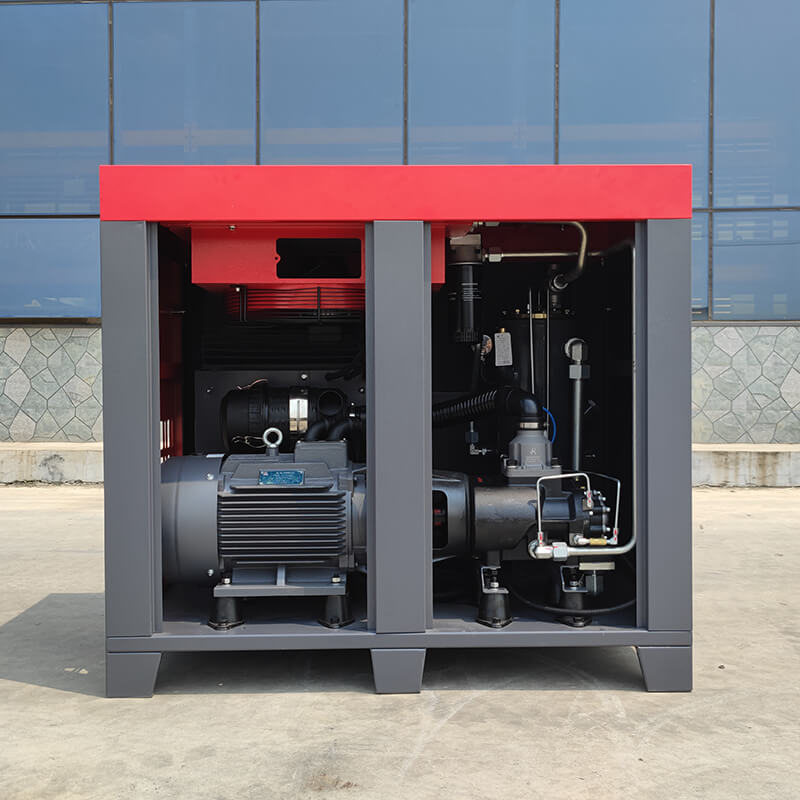
6. What effect does the high oil mist content in the compressed air have on the operation of the cold dryer?
The exhaust oil content of air compressors is different. For example, the exhaust oil content of domestic piston type oil-lubricated air compressors is 65-220mg/m3, and the exhaust oil content of oil-less lubricated air compressors is 30~40mg/m3. m3, the domestic so-called oil-free lubricated air compressor (actually semi-oil-free lubricated) exhaust oil content is also 6~15mg/m3; sometimes, due to the damage and failure of the oil-gas separator in the air compressor, the air compressor will exhaust The oil content in the air is greatly increased. When the compressed air with high oil content enters the cold dryer, a thick oil film will be covered on the surface of the copper tube of the heat exchanger. The heat transfer resistance of the oil film is 40~70% larger than that of the copper tube. times, this greatly reduces the heat transfer performance of the precooler and evaporator, and in severe cases, the cold dryer cannot work normally. The specific manifestations are that the evaporating pressure drops but the dew point rises instead, the oil content in the exhaust of the cold dryer increases abnormally, and the automatic drain is often blocked by oil. In this case, even if the degreasing filter is constantly replaced in the pipeline system of the cold dryer, it will not help, and the filter element of the precision degreasing filter will be blocked by oil soon after it lasts for a long time. The best way is to repair the air compressor and replace the filter element of the oil-gas separator so that the oil content in the exhaust reaches the normal factory index.
Sollant Focus on Energy Saving
.jpg)


